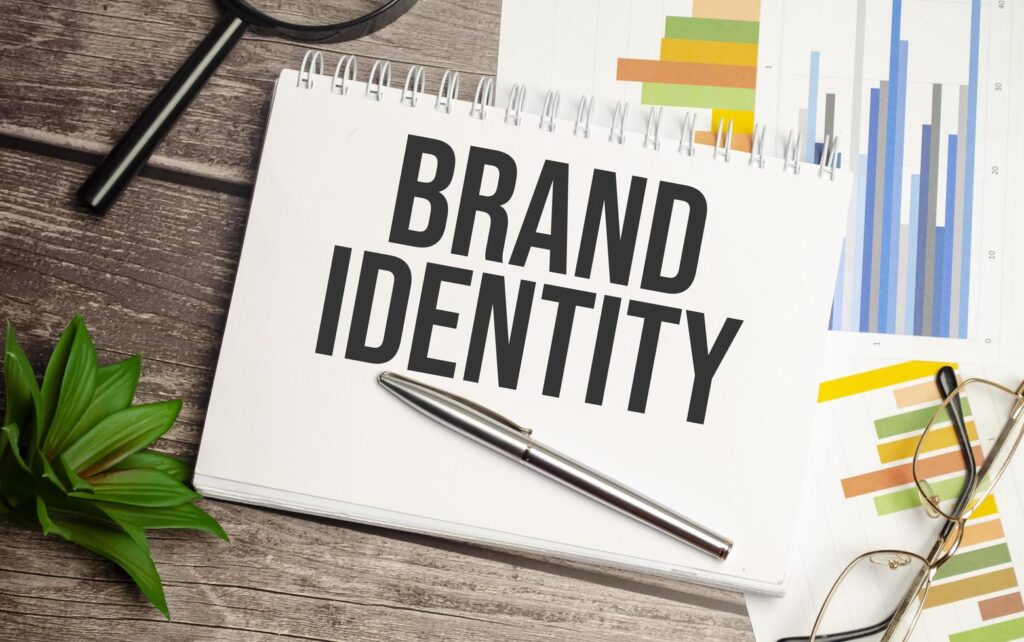Personal branding isn’t just a buzzword; it’s a survival tool in a world where algorithms often decide who gets seen. Personal branding for artists is what separates hobbyists from professionals, whether you are a visual artist, musician, designer, or digital creator. People don’t just buy your art; they buy you. It’s the bridge between creative expression and commercial recognition.
So how do you make sure they see the real you in a way that sticks? Let’s dive in.
What is Personal Branding?
Personal branding is the intentional effort to shape how others perceive you through the art of telling your story intentionally. It’s about crafting how people see you, what you create and stand for, and why you do it. It’s about becoming memorable through your voice and vibe, and communicating your value by creating a consistent visual and emotional experience across platforms. A strong brand helps you stand out in a saturated market.
Artistic Identity
Defining your artistic identity is the heartbeat of your branding as an artist. It shows the world who you are without needing to say much. It’s about what you make, why you make it, what you want people to take away from it, and how it feels. It helps transform you from someone who makes art to an artist with a voice people recognize and feel connected to. You define your identity by honestly asking yourself: What is the inspiration behind what you create? What makes your work recognizable? What is your story, and how do you want people to feel when they see your art? Reflecting on your journey helps clarify who you are creatively. When you’re clear on your creative identity, everything else—your brand tone, website, social media—starts to align naturally with your creative style, core values, inspiration, personality, and mission.
Also Read : 10 Best Social Media Platforms Every Creative Should Be On
Artistic Statement
Crafting your artistic statement gives meaning to your work and invites others into your brand world. An artistic statement isn’t just a bio or a bunch of fancy words; it’s a declaration—a short, heartfelt explanation of what you do, why you do it, and what your work means. It should feel professional yet intimate, starting with a bold, poetic statement that defines you by sharing what you work with and how you work in your authentic written voice. Talk about recurring concepts in your work and the influences that shape your style, using the first person (‘I’) to keep your statement authentic, and keep it between 150-300 words for optimal impact. Avoid big words that don’t say anything, and update it as your work evolves.
Consistent Visual Identity
This is a powerful way to make your brand instantly recognizable as an artist, even before people read your name. It’s like creating your visual signature; every post, website section, and interaction should reflect your identity and artistic vibe. Your visual identity includes all the effective elements that reflect your brand personality: logos, photography style, layout, and design of content. With a consistent visual identity, you build brand recognition across all platforms by making your portfolio or feeds feel professional, setting a tone for your creative message, and choosing visuals that express that feeling. Yes, some fonts carry personality. Looking polished and professional makes galleries, buyers, and collaborators take notice by making your homepage an extension of your portfolio in a visually captivating way. Post regularly using branded templates or layouts with consistent hashtags to engage your followers, and link your website in your bio.
Show the Process
Letting people into not just your art but also your world, and sharing your process and story, deepens audience emotional connection and turns casual followers into committed fans. Your audience wants more than the final piece—they want the journey behind it. They want to see your failed attempts and how you achieved the final piece. People don’t want to see just the finished piece; they want to feel the journey behind it. Showing your evolution demonstrates your authenticity and growth, and this becomes a signature part of your artistic identity. When people understand your why, they value your work more. Even if milestones feel small to you, someone else will feel seen in your journey. You don’t have to overshare everything—just choose stories that align with your brand voice and emotional message.
Engage Your Audience
You don’t have to be the perfect influencer to build a strong brand. People crave authentic connection, and engaging with your audience is where personal branding comes alive. When people feel seen, they stick around longer. Learn the art of responding thoughtfully by replying with more than just emojis, asking questions, and genuinely engaging with your audience. Don’t just post and disappear; invite your audience into dialogue and respond to comments. If someone appreciates your work, even if it’s just a heart emoji, reply with a thank you. It makes people feel seen and builds deeper loyalty. You could host Q&As, polls, or story quizzes about your art or walk people through your process, creating interactive engagement. Put your brand out there by tagging and thanking supporters, sending kind messages, and creating communities.
Conclusion
Personal branding is your creative fingerprint. It isn’t about pretending to be bigger than you are; it’s about making your identity visible and unforgettable in a crowded world and keeping your brand present in people’s minds. Whether you’re showcasing your process or writing that poetic artistic statement, when you define your creative identity, craft a meaningful statement, create a consistent visual style, and share your story, you’re building a brand that generates more traffic and engagement.


